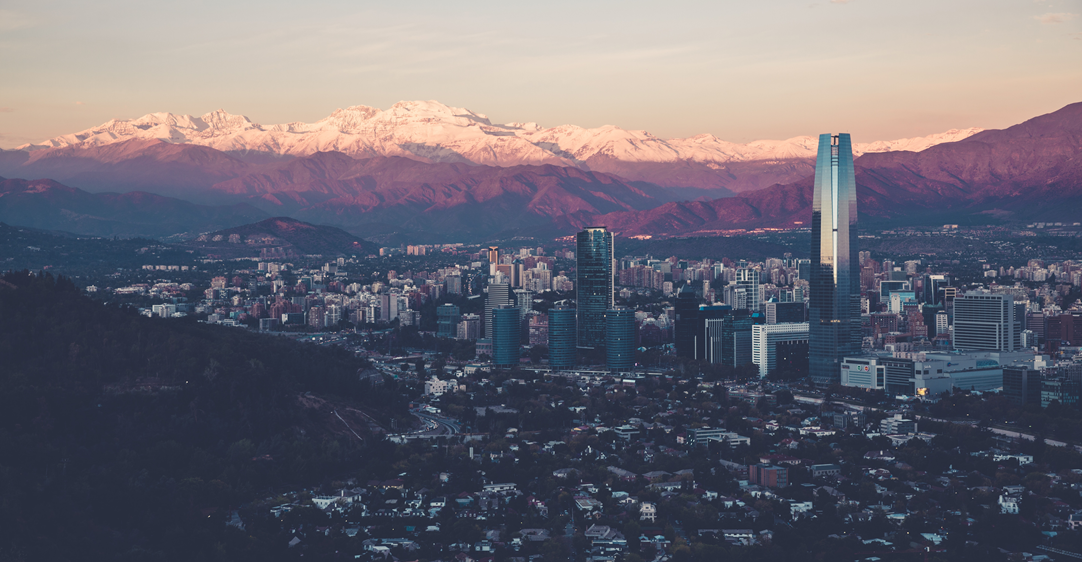Brazil is back to growth. Yet the failure to overhaul the pension system would jeopardize medium-term prospects, ahead of an uncertain general election.
First half: Initial reforms and cyclical recovery
Since President Temer came into power in August 2016, he has focused on implementing pro-business reforms. The strategy of his administration was to strive to gain back investor confidence, amid the country’s most severe recession in history and while barely emerging from a political crisis. The aim was twofold: bolster the cyclical economic recovery and secure longer-term financing of the economy.
How? First, by signaling a shift to fiscal discipline. The PEC 55 amendment (Dec. 2016) freezes real public spending growth for the next twenty years. The general government’s primary fiscal balance decreased as a result to -1.7% of GDP in 2017 from -2.5% in 2016. This brought the total fiscal deficit to -7.8% in 2017, down from a historical high of -10.2% in 2015. Over the past three years, government consumption subtracted in average -0.1pp from GDP growth each year. This compares to an average positive contribution of +0.5pp from 2000 to 2014.
Second, by implementing a labor market reform: As of last November, the reform allowed collective company-level agreements to take prevalence over the law. This should allow greater formal job creation after the recession destroyed three million jobs, and should reduce legal uncertainties for companies.
Finally, the liberalization of key sectors of the economy. The Brazilian government opened up its oil and gas sector to foreign investment. It announced last summer a significant privatization drive of fifty-seven assets. The aim is to raise around USD13.5bn to increase government revenue through state divestment while also boosting infrastructure investment through concessions and public private partnerships.
In addition, Brazil should continue to benefit from a unique combination of (i) stronger growth (after -3.5% in 2016, +1.0% in 2017 and +2.5% expected in 2018) driven by employment gains and a pickup in investment; (ii) weak inflation (at +2.8% in February 2018 against +6.3% at the end of 2016) and (iii) accommodative monetary policy (rates down from 14.25% in Sep 2016 to 6.75%). This growth hat-trick bodes well for the pursuit of Brazil’s cyclical recovery in 2018.
Second half: Awaiting pension and tax reforms
Two main challenges lie ahead of the general election; they are key to (i) restore Brazil’s access to financial markets and decrease its borrowing costs and (ii) further attract investment and foster business activity.
First, despite the economic recovery, Brazil debt-to-GDP ratio shows no sign of reversing its upward trend. It ended the year at 74% against 59% in 2014. One structural issue behind this is the unsustainable Brazilian pension system: pension spending as a share of GDP almost doubled in the last 20 years, and the population is aging. Yet on average, a Brazilian worker retires at around 55 years old with generous benefits. Not passing a pension reform before the election puts the medium-term stability of Brazil in jeopardy; the election outcome is still unpredictable, and while candidates have yet to release their policy programs, few have shown enthusiasm for a pension overhaul. Brazil’s tax system is among the worst rated by the 2018 World Bank Doing Business Survey: the culprits are its heavy tax burden, along with numerous and complex processes. Brazil ranks 184th over 190 countries in “Paying Taxes,” far below the regional average. The Brazilian government’s fifteen-proposal alternative agenda recently put forward addresses this issue; yet a complete redesign of the PIS/COFIN federal taxes seems unlikely in a context of dwindling political capital of a president accused of corruption.
Brazil public debt and deficit (% GDP)















